What is telemark skiing? Why you might want to free the heel
Everything you need to know about telemark skiing, an alpine-Nordic combo that allows you to ski uphill as well as downhill
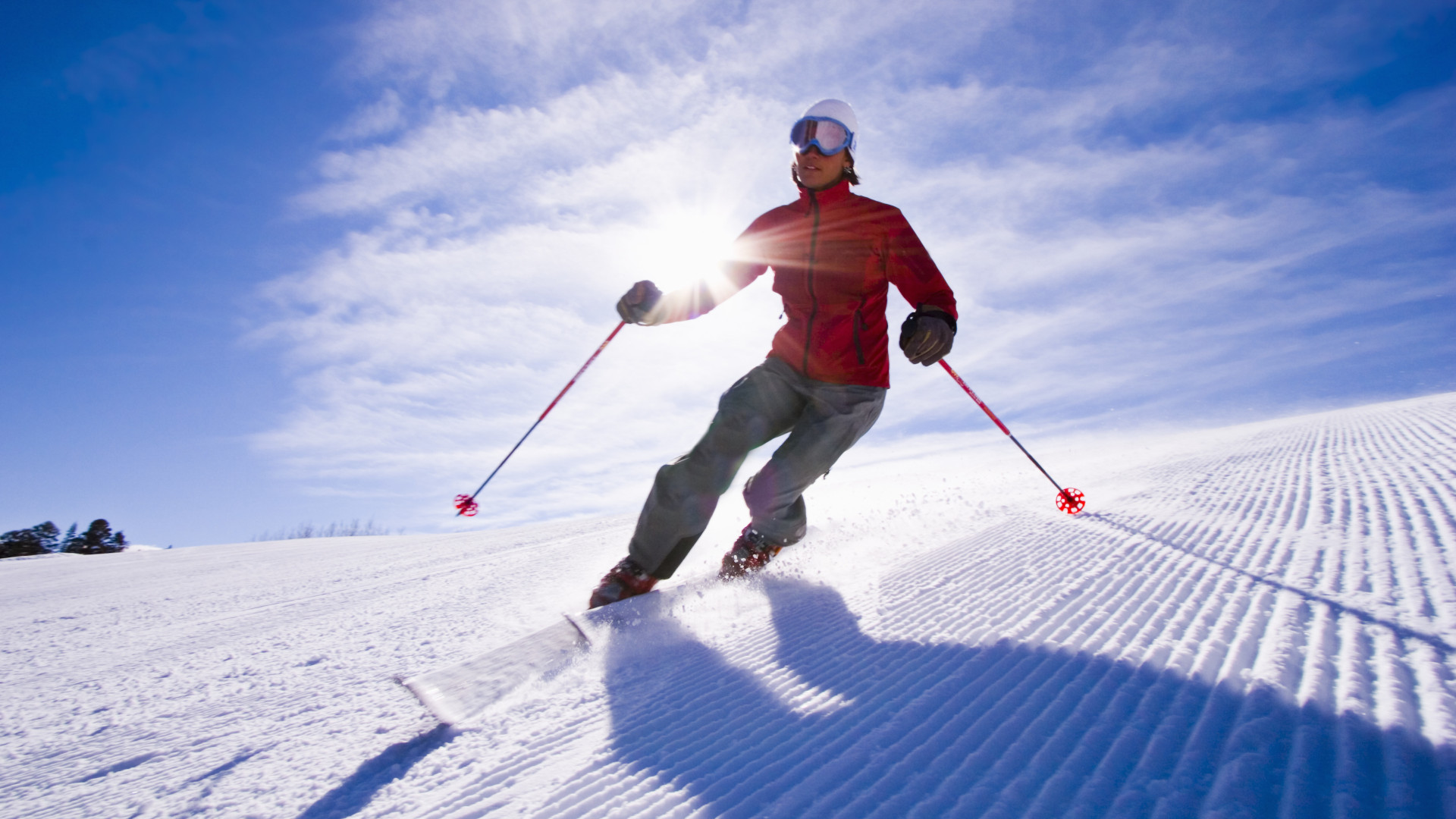
If you’re curious about skiing, you’ve no doubt heard of telemark skiing. Maybe you’ve seen folks exploring the backcountry using cable binding, or perhaps you’ve admired skiers at the resort lunging gracefully down the mountain. Maybe you’ve just wondered about those “do you even tele bro?” bumper stickers you see everywhere. It is known for its impressive technique and has a reputation for being a more elite style, but what is telemark skiing, exactly? In this article, we take a look at the origins, technique and myths surrounding telemark skiing.
What is telemark skiing?
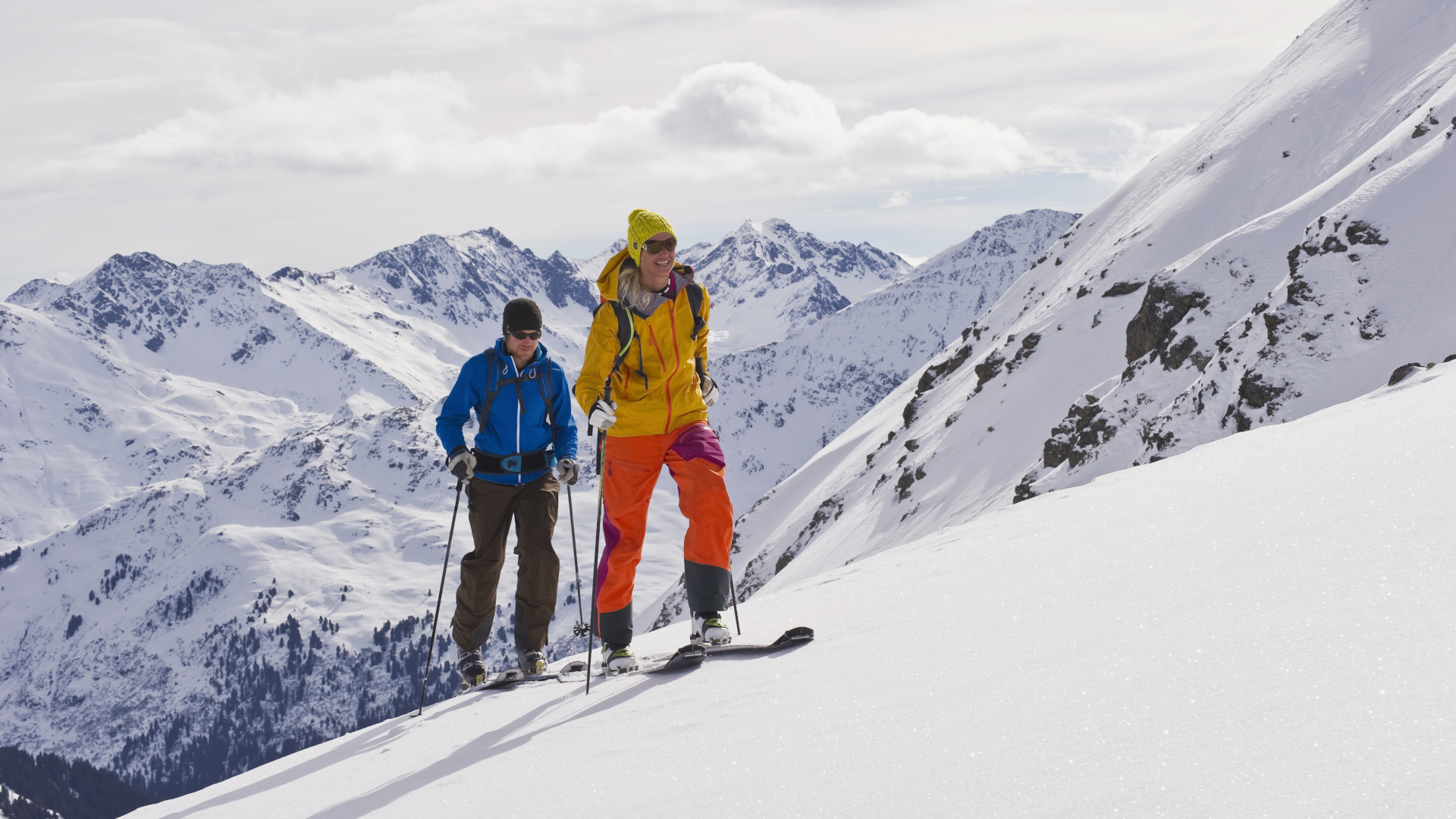
Telemark skiing, also referred to as “tele skiing”, “tele-ing” or “telemarking”, is a style of skiing that combines elements of both alpine skiing and Nordic skiing. Telemark ski bindings leave your heel which allows for both uphill travel and downhill skiing using a turning technique where one ski is forward of the other and both knees are bent, as if doing a lunge.
This style of skiing is named for the Telemark region of southern Norway, which is known as the birthplace of skiing. The technique is credited to Norwegian ski pioneer Sondre Norheim, who demonstrated it in ski races in the late 1860s. A century later, in the early 1970s, telemark skiing became popular in the United States.
Initially, it was embraced as a means of uphill skiing in the backcountry, where skiers could place skins on the bottoms of the skis and ascend steep slopes with their heel free. Since the advent of alpine touring skis designed for uphill and downhill skiing, the popularity of telemark skiing has receded somewhat, though it is still used for both backcountry and resort skiing.
What is the difference between telemark and alpine skis?
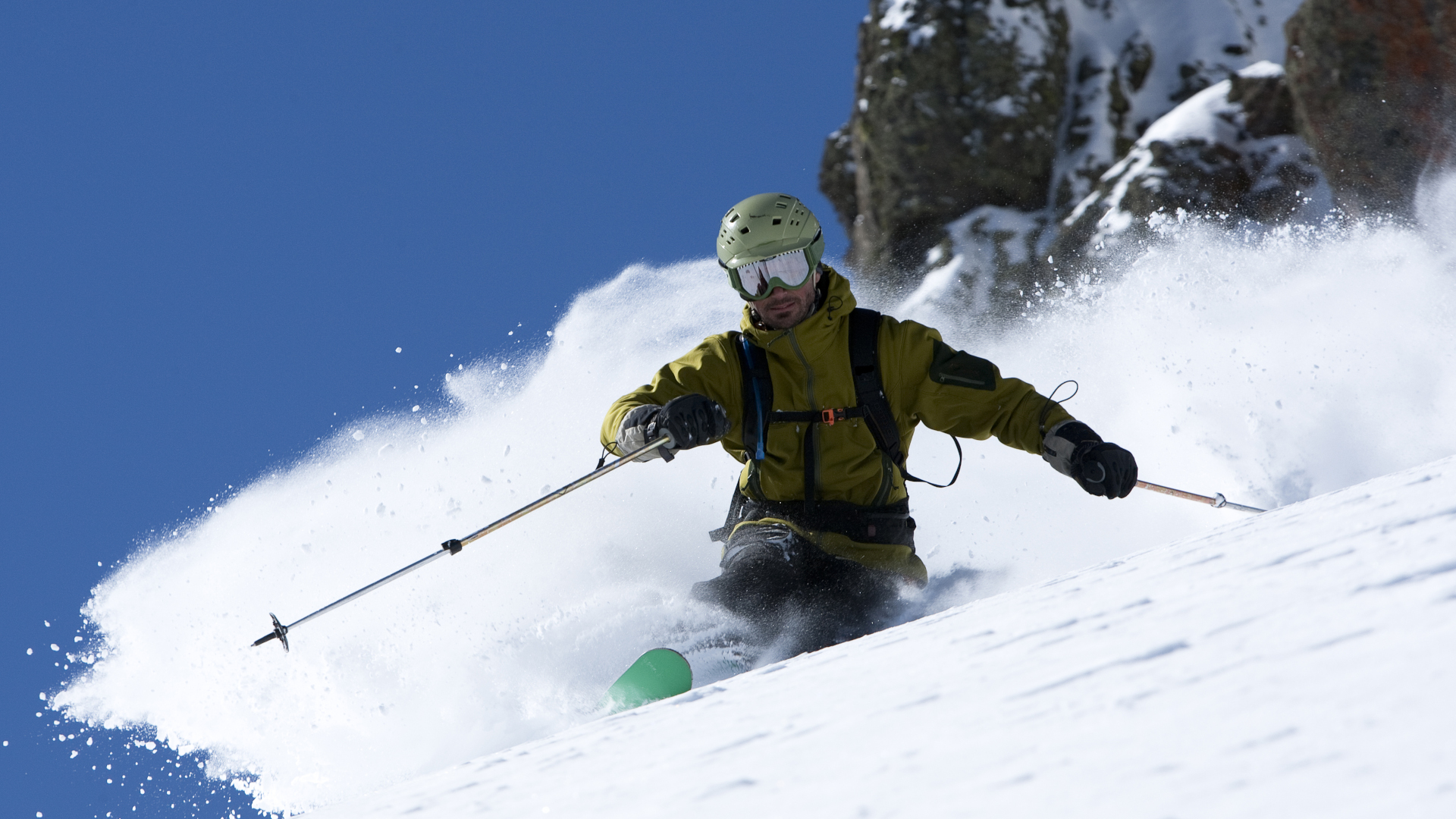
Skis designed specifically for telemark skiing will have medium camber and a good amount of flex to compensate for the fact that the skier isn’t weighting one ski more than the other to turn. That said, telemark skiing is truly a technique rather than a style of ski, and you can really telemark using any alpine ski today – the difference in gear really comes down to boots and bindings.
Telemark bindings connect the toe end of your boot to the ski and have a cable that attaches your heel and can be loosened for cross country travel and tightened for the descent.
These days, telemark boots vary a lot, from plastic boots with buckles and a lot of give similar to alpine touring boots, to ones that resemble lace up winter hiking boots – though all need to be compatible with your tele bindings, of course. Generally speaking, the boots are quite a bit more comfortable than alpine boots to allow for uphill access.
Advnture Newsletter
All the latest inspiration, tips and guides to help you plan your next Advnture!
Is telemark skiing hard?
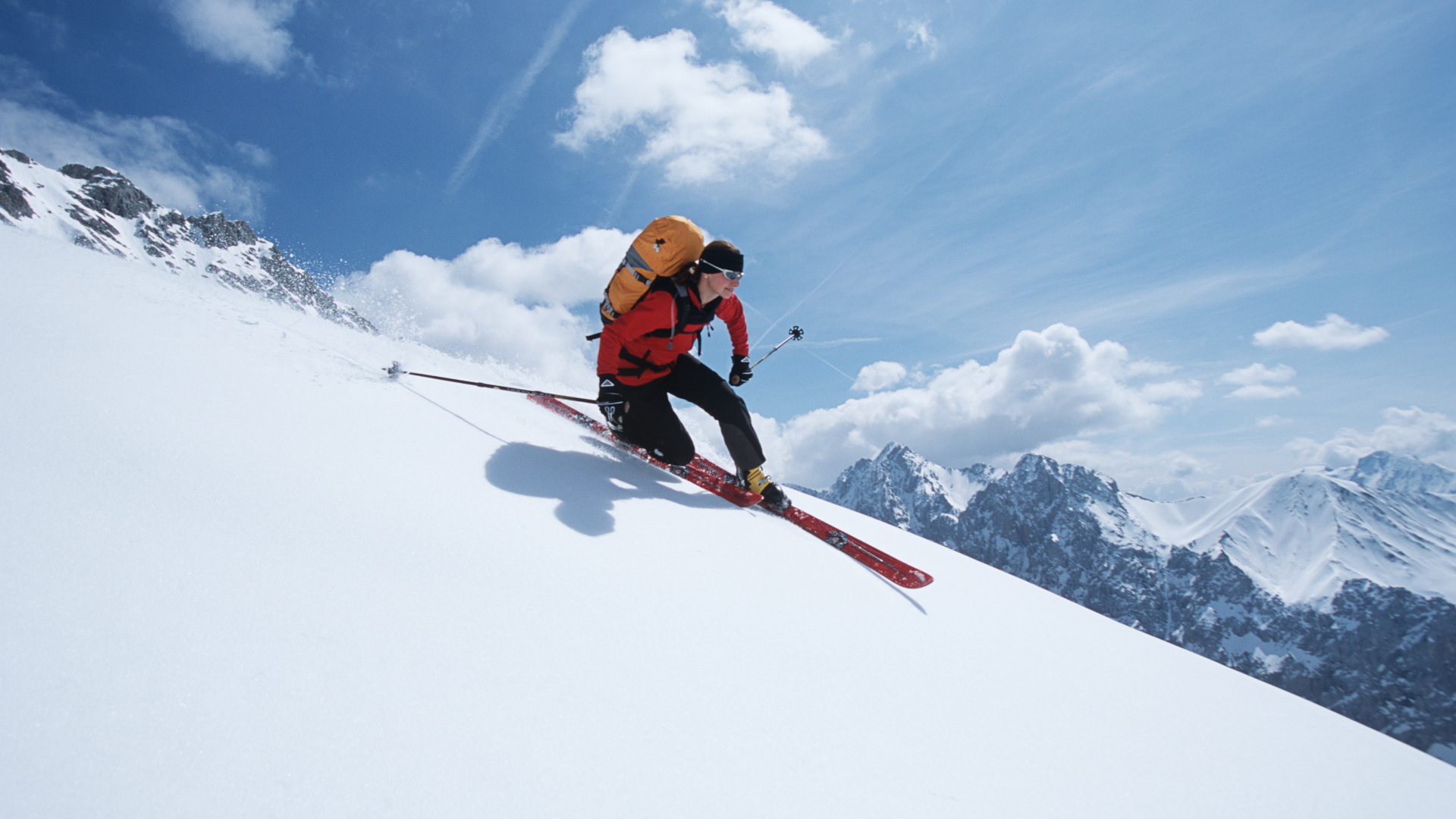
Telemark skiing has a reputation for being much harder to learn than alpine skiing, but in truth, it’s not much more difficult to learn and with lessons, it won’t take you much longer to pick up. In fact, all of the same turns and stops you do on alpine skis you can do on telemark skis – you just have to get used to your heel being free.
The main difference is the turning technique known as the telemark turn, where you keep your weight even in both skis, bend both knees and your outside (downhill) ski moves forward while your inside (uphill) ski trails behind as your back heel lifts. This technique is a serious quad burner, which may account for the reputation of difficulty.
Is telemark skiing bad for your knees?
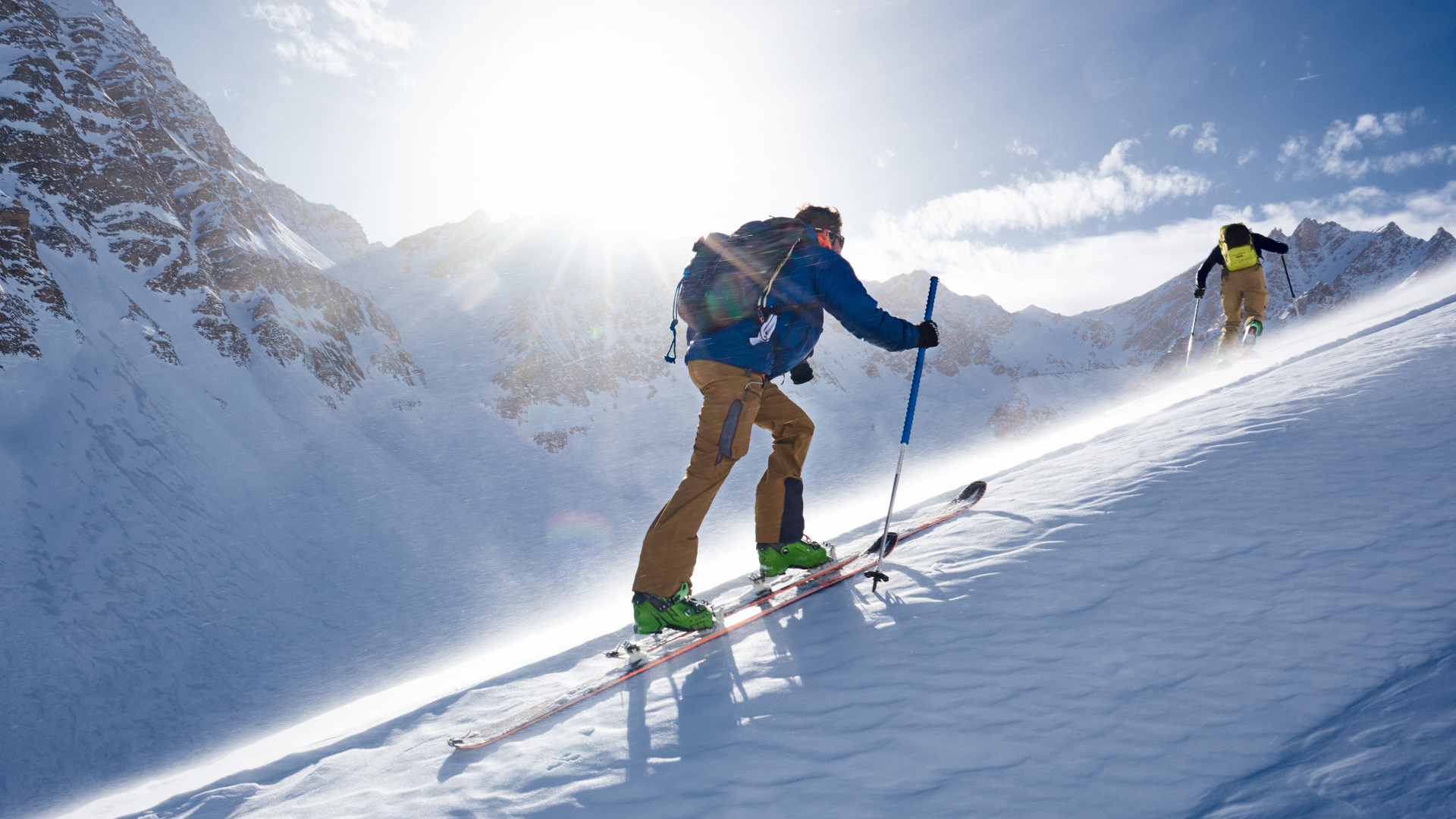
Many people ask if telemark skiing is bad for your knees, mostly because of the lunge position it employs, and because the bindings usually don’t have quick release. In truth, there is no evidence of increased instances of knee injuries from tele skiing, and in fact, people with knee injuries often switch to telemarking from alpine skiing or snowboarding. Again, there’s no research on this, but because it is so strengthening for your quads, some argue that telemark skiing may even be better for your knees.
However, telemark skiers are more prone to falling and without quick release bindings, there is always the chance of knee injury, as there is with any type of skiing.
What is the point of telemark skiing?
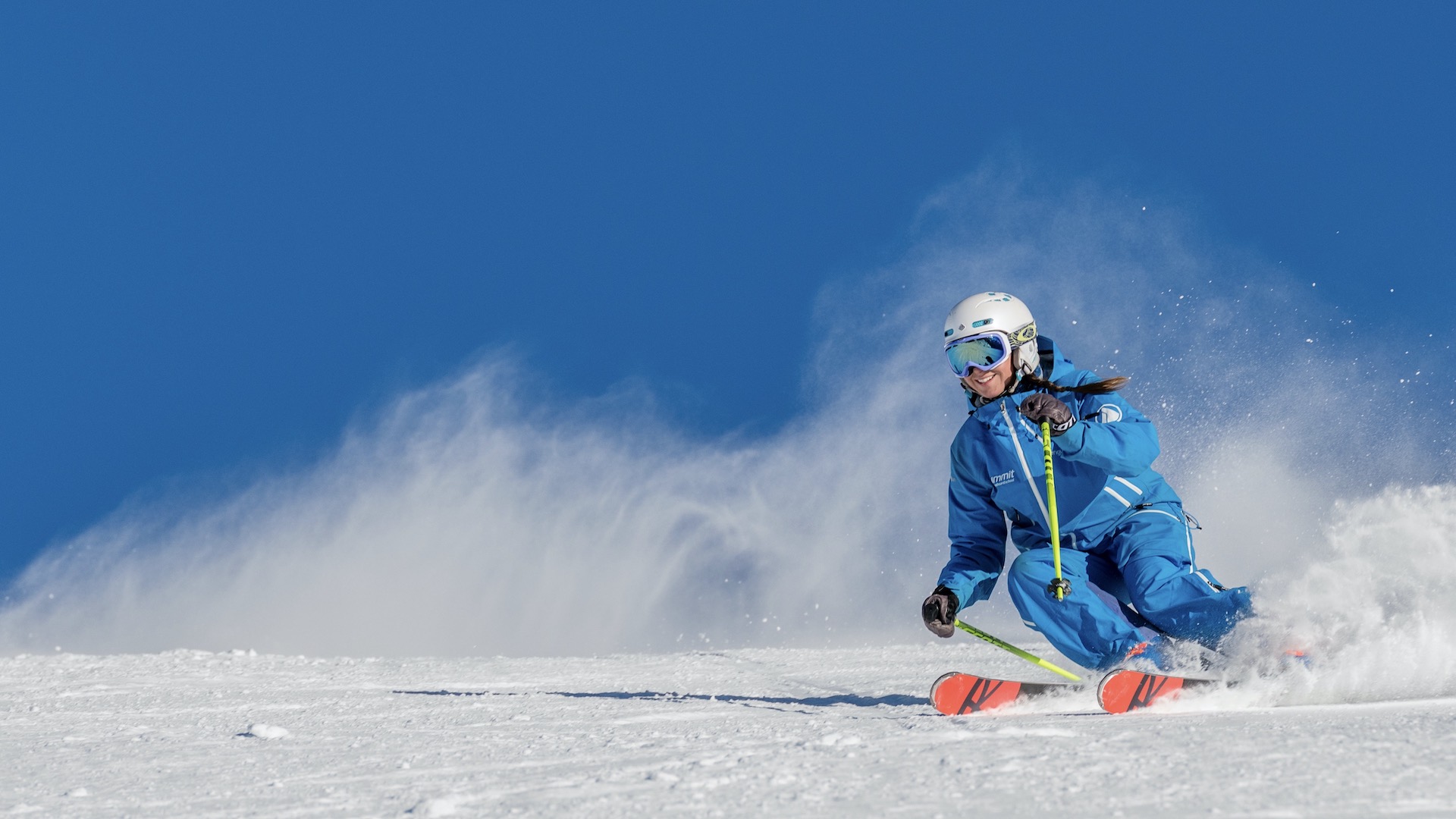
So what exactly is the purpose of telemark skiing? Does it just look rad? And why would you want to make your quads quiver? The technique of telemark skiing definitely helps you to refine and improve your skiing ability as it teaches you how to center your weight over your skis. It also enhances your general agility and balance on skis, so if you feel like you’ve plateaued with alpine skiing, or are just interested in something different and challenging, there are definitely worse ways to spend your winter.
Julia Clarke is a staff writer for Advnture.com and the author of the book Restorative Yoga for Beginners. She loves to explore mountains on foot, bike, skis and belay and then recover on the the yoga mat. Julia graduated with a degree in journalism in 2004 and spent eight years working as a radio presenter in Kansas City, Vermont, Boston and New York City before discovering the joys of the Rocky Mountains. She then detoured west to Colorado and enjoyed 11 years teaching yoga in Vail before returning to her hometown of Glasgow, Scotland in 2020 to focus on family and writing.

